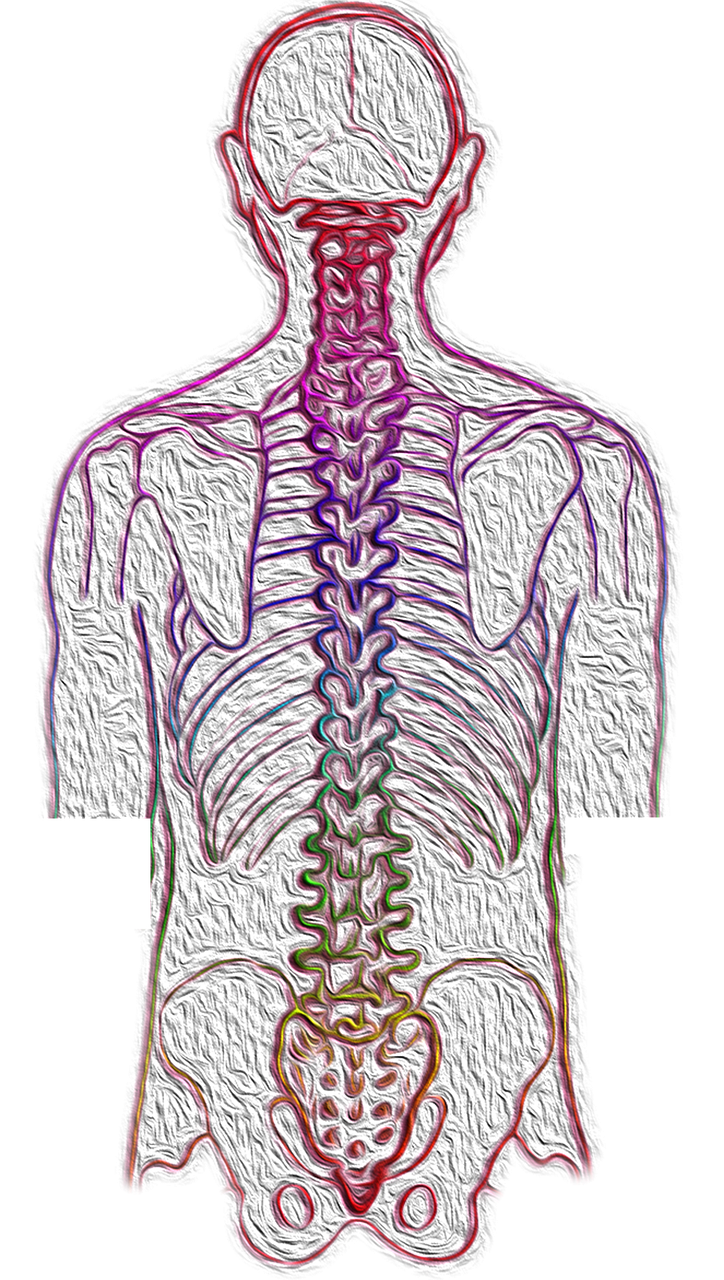
Are you tired of waking up with back pain every morning? Look no further! In this comprehensive guide, we will explore the best sleeping positions for scoliosis, a condition that affects the alignment of your spine. By understanding how different sleeping positions can alleviate discomfort and promote better spinal health, you will be able to achieve a more restful and rejuvenating night’s sleep. Say goodbye to restless nights and wake up feeling refreshed and pain-free with our ultimate guide to finding the best sleeping position for scoliosis.
The Ultimate Guide to Finding the Best Sleeping Position for Scoliosis

Understanding Scoliosis
Scoliosis is a medical condition characterized by an abnormal sideways curvature of the spine. It can affect people of all ages, but it most commonly develops during adolescence. Living with scoliosis can be challenging, especially when it comes to getting a good night’s sleep. The curvature of the spine can cause discomfort and pain, making it crucial to find the best sleeping position to alleviate these symptoms and promote a restful sleep.
The Importance of Sleep for Scoliosis Patients
Sleep is an essential part of maintaining overall health and well-being, and it becomes even more crucial for individuals with scoliosis. Restful sleep provides an opportunity for the body to repair and rejuvenate itself, helping to reduce pain and fatigue associated with scoliosis. Additionally, getting enough sleep can improve spinal alignment and reduce the progression of the condition. Therefore, finding the best sleeping position for scoliosis is paramount for managing symptoms and achieving quality sleep.
Factors to Consider when Choosing a Sleeping Position
When determining the best sleeping position for scoliosis, several factors need to be considered. These factors include the degree of spinal curvature, pain levels, and individual comfort. It is important to consult with a healthcare professional, such as a physical therapist or orthopedic specialist, to assess the severity of the scoliosis and receive personalized recommendations for sleep positions.
Sleeping Position Recommendations for Scoliosis
-
Sleeping on Your Back: Sleeping on your back is often recommended for individuals with scoliosis as it promotes spinal alignment. To enhance comfort, consider placing a pillow under your knees to reduce pressure on the lower back. This position helps distribute body weight evenly and minimizes strain on the spine.
-
Sleeping on Your Side: Many individuals find sleeping on their side to be the most comfortable position for scoliosis. When sleeping on your side, try placing a pillow between your knees to maintain proper spinal alignment and reduce pressure on the hips and lower back. Additionally, using a supportive mattress and pillows can help enhance comfort and minimize discomfort.
-
Sleeping on Your Stomach: Sleeping on your stomach may not be the best choice for individuals with scoliosis as it can strain the neck and put pressure on the spine. However, if this position is most comfortable for you, consider using a thin pillow under your pelvis to reduce strain on the lower back. It is advisable to consult with a healthcare professional to ensure that this sleeping position is safe and suitable for your specific condition.
Using Pillows and Supportive Mattresses
Using the right pillows and mattresses can greatly impact your sleep quality when living with scoliosis. Look for pillows that provide adequate support to the neck and spine, ensuring proper spinal alignment. Memory foam pillows or orthopedic pillows may be particularly beneficial for individuals with scoliosis as they conform to the body’s contours and provide targeted support.
When it comes to mattresses, opt for a medium-firm or firm mattress to ensure sufficient support to the spine. A mattress that is too soft does not provide enough support, leading to improper alignment and increased discomfort. Consider investing in a mattress specifically designed for individuals with scoliosis or seek guidance from healthcare professionals who specialize in spine disorders.
Adjusting Sleeping Positions to Reduce Pain
For individuals with scoliosis, adjusting sleeping positions throughout the night can help alleviate discomfort and pain. If you wake up feeling uncomfortable or experience increased pain during the night, try gently changing positions. Experiment with different sleeping positions to find what works best for you and provides the most relief. It may take some trial and error, but finding the right sleeping positions can significantly improve the quality of your sleep and reduce scoliosis-related discomfort.
Additional Tips for Better Sleep with Scoliosis
In addition to finding the best sleeping position, incorporating the following tips into your bedtime routine can further enhance your sleep quality:
-
Maintain a regular sleep schedule: Try to go to bed and wake up at the same time each day to regulate your sleep-wake cycle and promote better sleep.
-
Create a restful environment: Make your bedroom a sleep-friendly space by ensuring it is cool, quiet, and dark. Use blackout curtains, earplugs, or white noise machines if necessary.
-
Practice relaxation techniques: Engage in relaxation techniques such as deep breathing exercises, meditation, or gentle stretching before bedtime to calm the mind and body, easing any tension or stress caused by scoliosis.
-
Avoid stimulating substances: Minimize caffeine and alcohol intake, particularly in the evening, as these substances can disrupt sleep patterns and exacerbate symptoms of scoliosis.
-
Invest in proper sleep accessories: Consider using a supportive pillow for neck and spine alignment and try using a sleep posture belt, which can help maintain correct sleep posture.
Remember, finding the best sleeping position for scoliosis may require some experimentation and professional guidance. Work closely with your healthcare provider or a sleep specialist to develop a personalized plan that meets your specific needs. By prioritizing sleep and adopting appropriate sleeping positions, you can alleviate discomfort and improve the quality of your sleep, ultimately enhancing your overall well-being while living with scoliosis. Sweet dreams!





